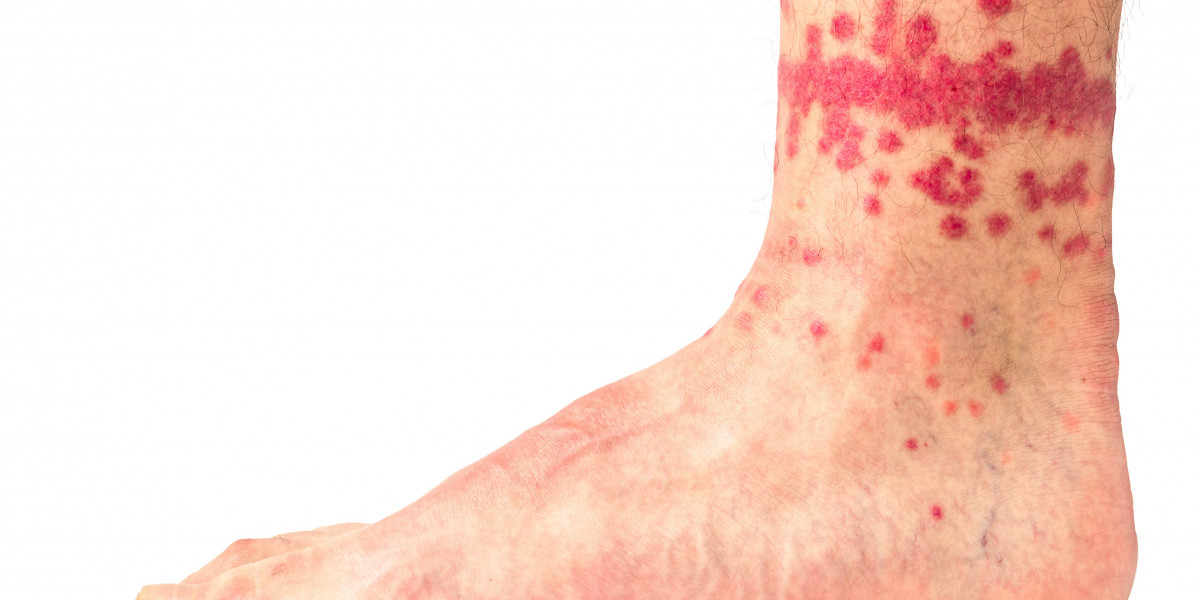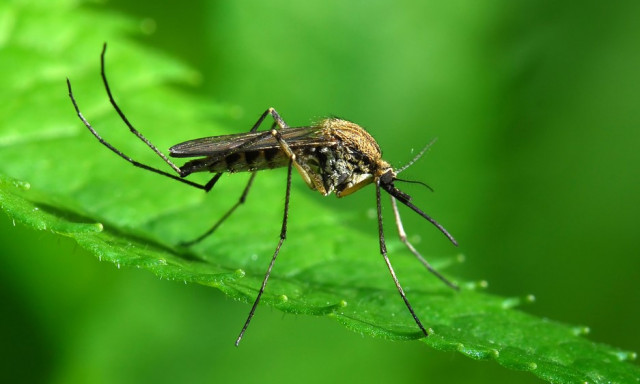About Fleas
Bloodsucking fleas become a more common pest during warmer times of the year but they can be active and found indoors all year round. Flea infestations are usually associated with pets or other animals and it is important that pets are treated with a veterinary flea control product, but it is a common misconception that the fleas stay on the animals. About 50% of a flea infestation will be eggs, 35 % of fleas will be in the larval stage, 5-10% of fleas will be in the pupal stage and only 5-10% of fleas in an infestation will be biting adults. So the vast majority of the fleas in an infestation will not be controlled by the veterinary treatment of the animals, as only the adult fleas feed on the blood of animals.
Flea eggs are laid on the fur of their host after the adult female flea takes a blood meal. The eggs will fall off the animal onto areas where the animal rests.
The larvae hatch from the eggs after 2-14 days. The larvae feed on the pre-digested blood excreted by the adult fleas, known as ‘flea dirt’, which collects in the dust and detritus.
After 5-20 days, the larvae form pupae. The adult flea will not emerge from its pupa until it detects the presence of a potential host. They can detect vibrations from movement and heat from animals or people as they pass close by. The first thing adult fleas do when they emerge from their pupa is to seek a blood feed from the animal or person they detected.
This means that it is vitally important that the areas, where the eggs, larvae, pupa and adults will be, are treated with long-lasting spray and fumigators (bombs) to get full control of an infestation. Follow this flea control programme:
- Eliminate source > Treat your pets with flea control products available from your vet. These control adult fleas when they take a blood feed from the pet. However, eggs, larvae, pupae and adult fleas do not live on your pets, they live in carpet and bedding where pets sleep, so if possible give your pet's bedding a hot wash to kill any remaining fleas, eggs, larvae and pupae.
- Stop > Spray NO Fleas Total Protection in areas where pets sleep (not pet bedding) and around edges of carpets and other places fleas have been found. Then flea bomb; use NO Fleas Bug Bomb to kill fleas and penetrate into areas that cannot be treated directly. Follow the directions on the side of the fumigator. It will also flush the fleas out of hiding places so that they come in contact with sprayed surfaces. Keep room/s sealed for as long as possible, up to 24 hours. If the flea infestation has become established it may be necessary to repeat this treatment.
- Clean > Thoroughly vacuum all parts of the house where fleas have been found. Vacuuming removes the dust flea larvae feed on, flea pupae and eggs. Dispose of the vacuum bag immediately by sealing in a plastic bag and placing in bin outside.
- Proof > Spray again with NO Fleas Total Protection a month after initial treatment. Spray areas where pets sleep (not pet bedding) and around edges of carpets and other places fleas were found. Your pets are likely to be encountering fleas from other animals and there is a risk of re-infestation if treatment is not kept up. NO Fleas Total Protection contains both an insecticide for killing adult and larval fleas and a long-lasting insect growth regulator (IGR) to prevent immature fleas reaching maturity, thus breaking the life cycle.
David Brittain
Kiwicare


